Mirrored world

Australians follow the British in many things, like having afternoon tea with milk or fish and chips for lunch. However, some of these practices have a bigger impact on life, such as driving on the left side. Many touristy roads actually have ‘Keep to the LEFT’ signs, as many visitors get into accidents. By now, I have got used to actually being on the left side of the road in the car, but still get a sudden scare when we turn in a complicated crossing. I’m usually convinced we’re going to end up in the opposite side of traffic.
Nonetheless, driving on the left side comes with many side effects that stomp me on a daily basis. One of these are escalators. You would think a twenty-something can use an escalator, but I keep standing on the wrong side. Australians follow the rule of walking on the same side as you drive, so you stand on the left side of the escalator and walk on the left side of the sidewalk. This leads to me accidentally bumping into people and getting nasty stares for being in their way on the morning commute. The steering wheel is also on the other side. So, on a regular basis, I try to get into the driver’s seat instead of the passenger’s. This is usually no problem, as long as you don’t do this to your Uber driver.
Basic human rights?
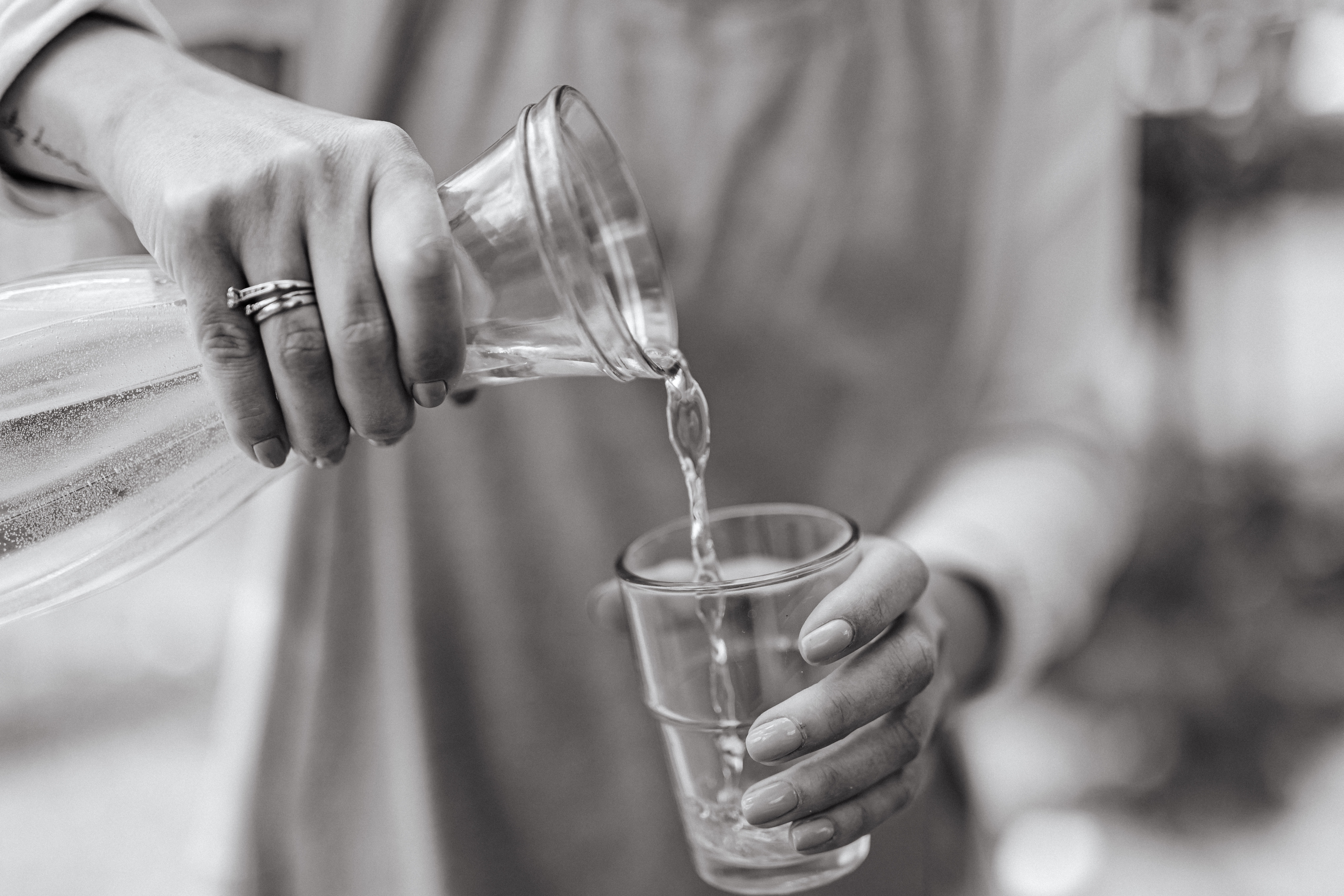
There are some things we would consider basic human rights, but as Hungarians, we don’t blink an eye when we’re asked to pay for it. Or we do and curse a bit but still pay. One of these is water. In Hungary – and most other countries in the world – you have to pay for a pitcher of tap water in a restaurant. In Australia, all establishments serving food or liqueur must provide water free of charge. So, in any restaurant, no matter the price range, you can ask your waiter for some water for free. In pubs water is self-serving, you take some glasses and a bottle from the bar. You can even go into McDonald’s without buying anything there, and ask for a cup of water. The main reason for this is that it can get quite dangerous in the summer if you are out and about without proper hydration. At the same time, I would argue that all countries should have similar laws. Tap water is free anyway, and a little goes a long way in making life more humane.
Another thing I’m appreciative about living in Melbourne is the number of public toilets. In Budapest, I personally can name 4 public toilets and half of them are usually occupied by suspicious activity. Melbourne’s toilets are of varying quality but they are greater in numbers. If one is in shit conditions (pun intended), I can just walk to the next. And they are free. Overall, I would say it’s worth investing in public toilets, as they lead to streets not smelling like pee all the time.
Happily ever after

In the last couple of years, I have been to a few weddings back home and I had a chat with a friend who lived in Australia. We found out that there are some major differences in wedding cultures between the two countries. Hungarian weddings are famous for lasting well into the morning, having a whole meal saved for after midnight (töltött káposzta for the win). The last two I’ve been to finished between 2 am and 3 am. So I was a bit amazed to find out the average end time for receptions in Australia is 11-11:30 pm. As I can see, there are two main reasons for this. One is Australian wedding planners. Most places seem to plan the end of the reception to 11 pm. Another is alcohol serving licences. Australian states usually issue liqueur serving licences that restrict trade hours between 10 am and 12 pm. This means that most wedding venues have to stop serving alcohol to their guests at midnight. I think that is a valid reason to cut the party short. Also, this is a bit of a generalisation. Australia is host to many cultures and some weddings don’t even serve dinner before midnight.
Christmas

Talking of celebrating, it’s worth mentioning the biggest of them all, Christmas. The most obvious difference comes from the timing. While in Hungary, Christmas falls in winter, providing the chance of a white Christmas, it’s a bit different Down Under. In Australia, December means summer, beaches and sunshine. So Christmas in Australia means going outside and having a BBQ. Decorations are also quite different. Snow and such are not an option, so they go for flowers growing in the summer, such as the Christmas bush, a bright red flower.
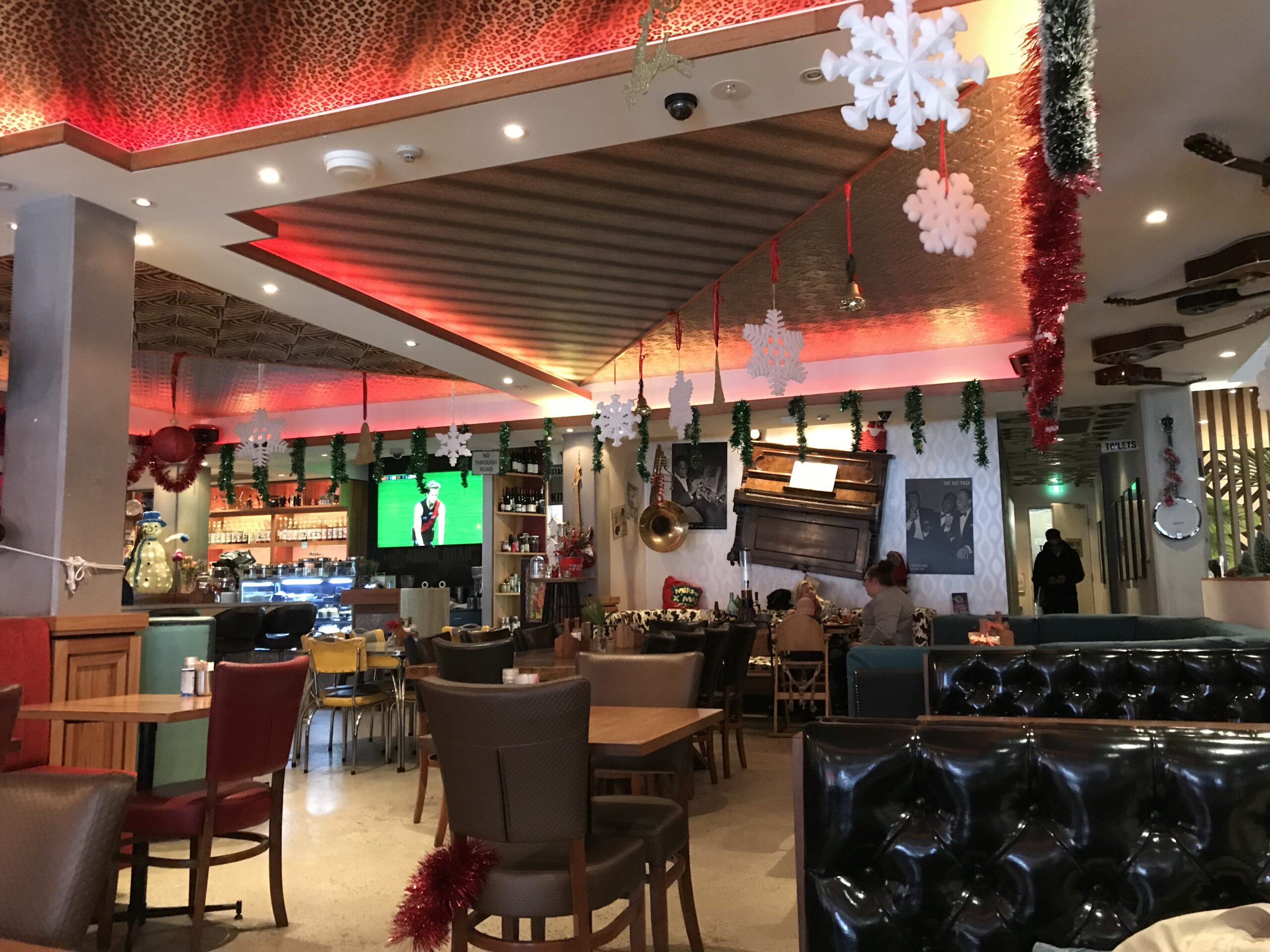
Australians didn’t want to miss out on the winter wonderland feeling, so they have something called ‘Christmas in July’. July is the middle of the very mild winter, so they use it to create a wintery holiday feeling. While we sunbathe by the side of Balaton, they have ice rings, Christmas trees and garlands up whereever they can. The first time I was here, I came in July and saw this phenomenon first-hand. It was a solid 12 degrees (freezing for Australians) and we walked through an open-air museum with Christmas trees, decorations and fake snow being blown around. The classic winter hits were just the cherry on top. If you ask me, this tradition is baffling. However, I understand the want for the wintery and cosy Christmas feel that all Hollywood movies show.
Food
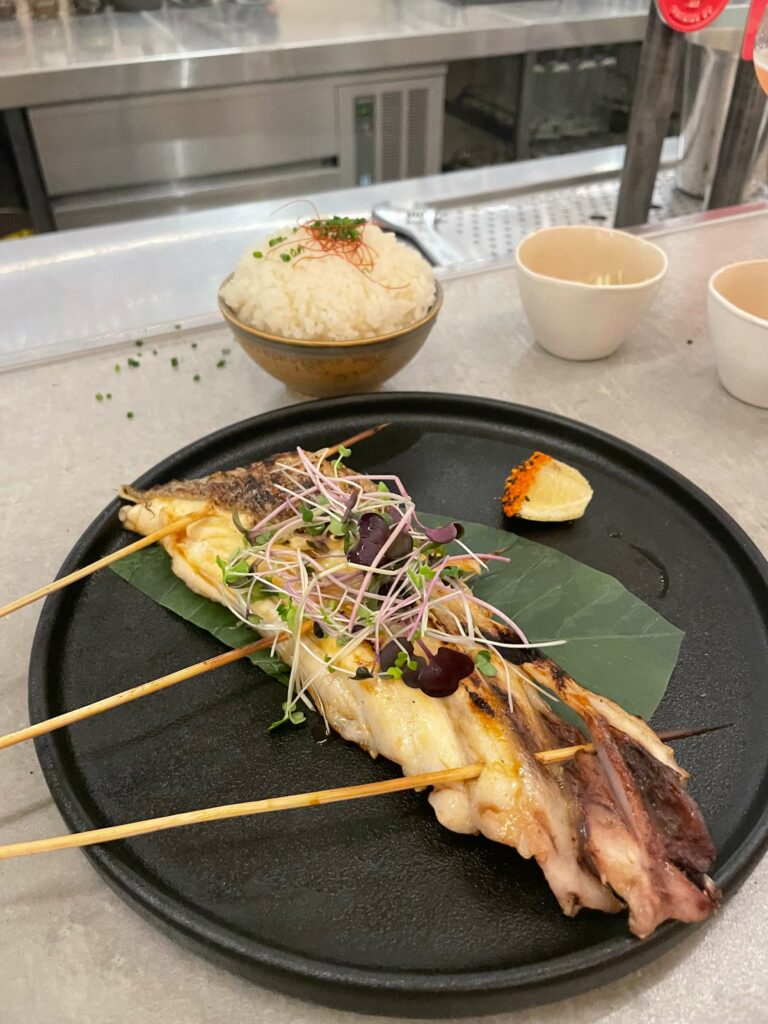
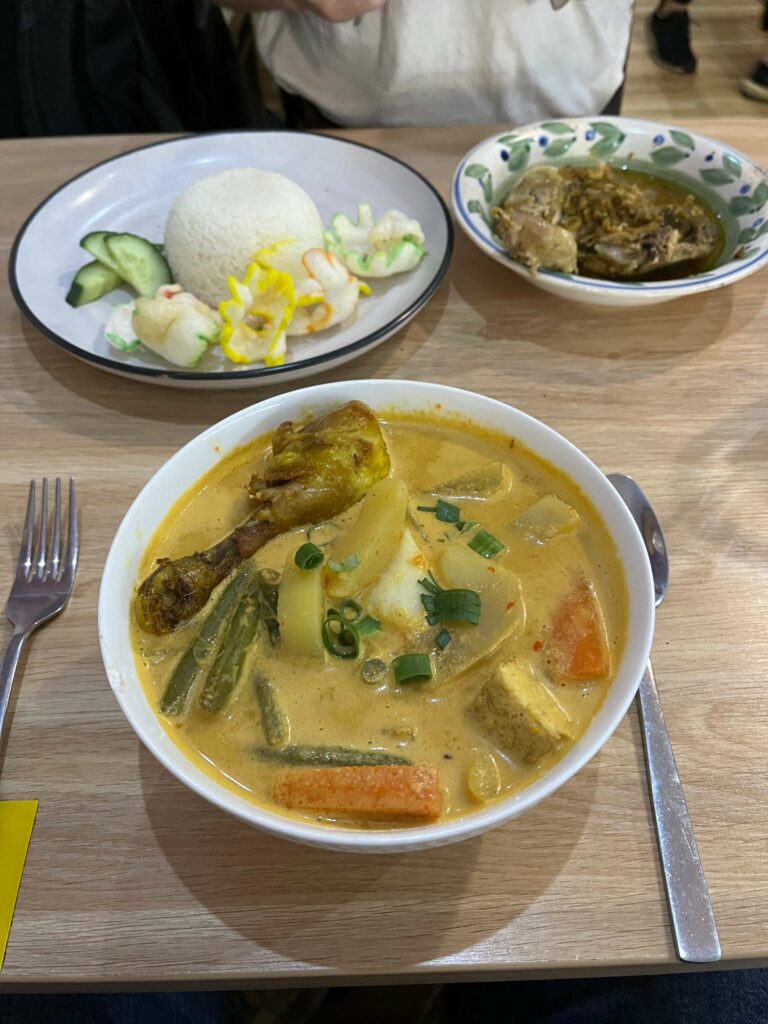
One of my favourite things about moving to Australia is the food culture. This is an interesting statement considering there are no dishes that are considered Australian national food. The closest thing to it is having some sausages on the ‘barbie’ or as we like to joke, fairy bread. Fairy bread is white toast bread with butter, covered in sugar sprinkles. So that’s that. But the real food culture comes from the diversity of Australia. The country is home to so many nationalities who bring their own heritage with them. Since moving here, I had the best Japanese and Chinese food I’ve ever eaten. The trick is that, for example, Chinese food here is made for other Chinese people, making the dishes authentic and full of taste. Day and night compared to our around-the-corner Hungarian-Chinese places. There is also a huge diversity in authentic cuisines such as Indonesian, Vietnamese, Greek, Italian, Malaysian, Thai, Lebanese and Turkish, just to mention a few.
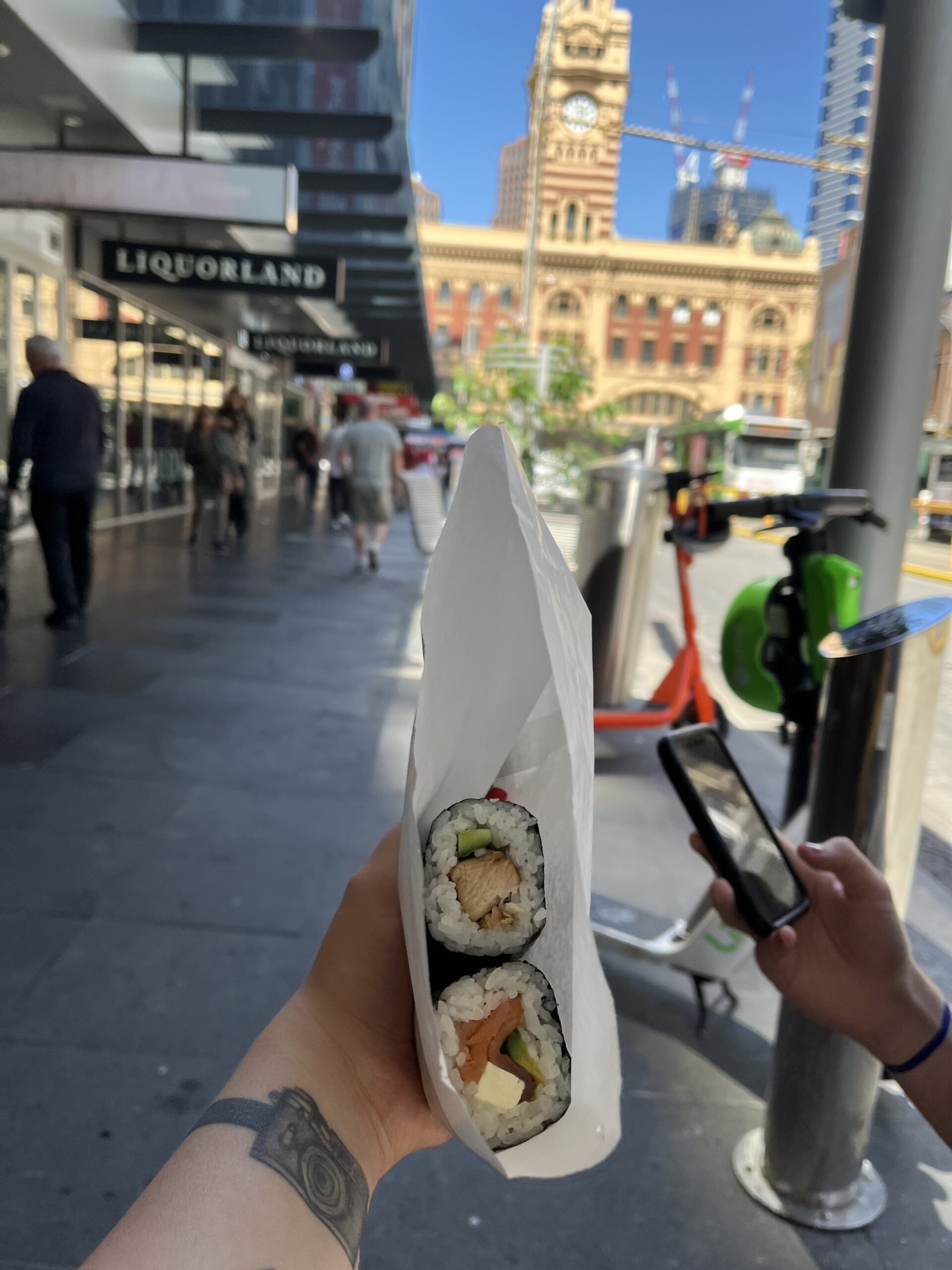
Another thing that amazes me as a landlocked Hungarian is seafood. This is no surprise as Australia is an island nation ( technically a continent). Fresh saltwater fish and seafood are a basic necessity for people here. Having their own shore to fish at makes the prices drop heavily, which leads to some surprising casual lunch meals. My favourite thing that I can’t get bored of is sushi. Sushi here is like having a cheeky Gyros in Budapest. It’s affordable and available on every corner in the city centre. You shouldn’t think of a small box filled with 6 tiny rolls, but one huge roll, as thick as cucumber, filled to the brim with salmon or Teriyaki chicken.
To sum it up, it is a strange world down here. It’s not better or worse. Just different. I love Hungarian culture and foods, but I have an undying curiosity about discovering new places and I’m having a field day here. The wonders don’t seem to cease and my boyfriend keeps laughing at my shocked expression as I take in his country. It’s all the same old boring story for him. If anything, this shows how amazing and different all cultures are. We might overlook our own little wonders. They probably seem like nothing to us, but there is that one person who just moved to Hungary and can’t stop admiring our everydays.




